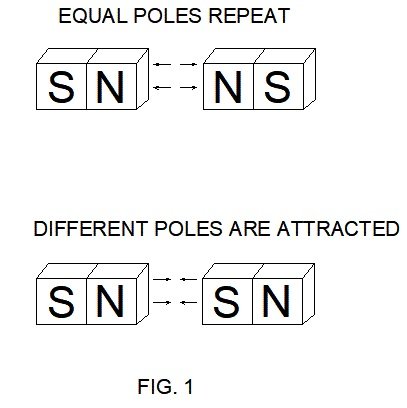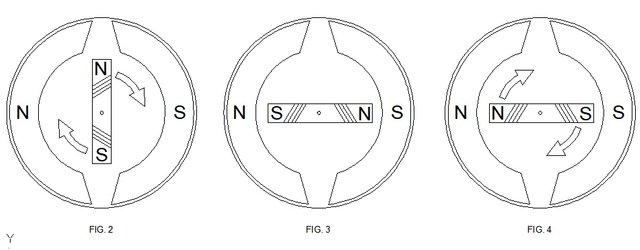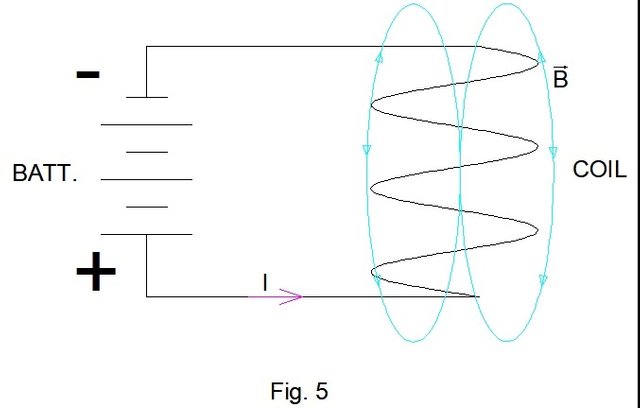Principle of operation of the electric motor.
The electric motor works by the principle of attraction and repulsion of the magnetic poles of a magnet. If the poles are equal they repel and if they are opposite, they are attracted if according to figure 1.

Figure 2 shows an electromagnet that can rotate freely on its own axis within a fixed magnetic field with the poles according to the orientation shown. An instant later the electromagnet north is aligned with the fixed field south, the same happens with the south of the electromagnet but in this case it is aligned with the north of the fixed field. Which becomes a rotation of the electromagnet on its fixed axis to the position of figure 3. Now if we change the direction of the current passing through the electromagnet (Fig.4) its magnetic field will reverse and cause the south pole it is repelled by the fixed field south pole and in the same way the north pole of the electromagnet will be repelled by the north pole of the fixed field, which will again produce an angular movement in the electromagnet. If we maintain the same tendency to invert the magnetic field of the electromagnet each time it is aligned with the fixed field, a complete rotation will result.

Amper Law: When a current flows through an electric conductor the effect of it is to produce a magnetic field around it.
B = K x N x I.
Where: B: intensity of the magnetic field
N: number of turns of the coil
I: intensity of the current flowing through the coil
K: Constant that depends on the medium where the coil is located

The Ampere law establishes that the intensity of the magnetic field in a coil is proportional to the number of turns of the coil, the intensity of the current that passes through it and the physical medium from which the coil core is made.
For the case of the example of figure 2, the electromagnet is nothing more than a coil with a certain number of coils wound on an iron core and whose terminals are connected to a battery.